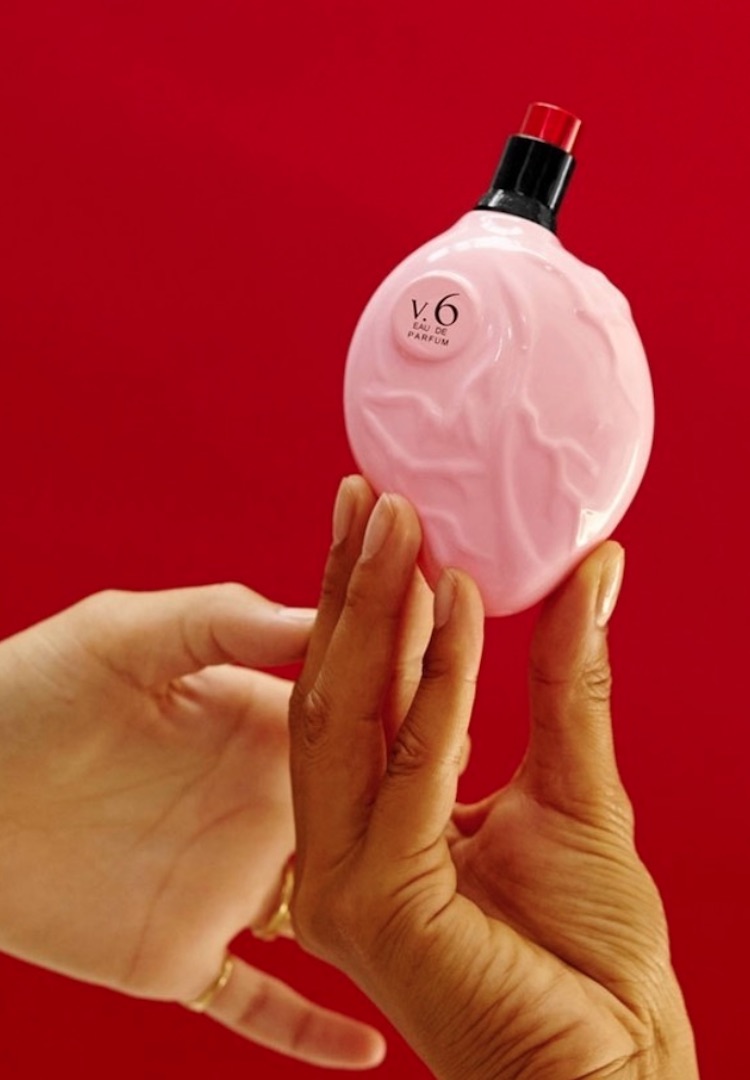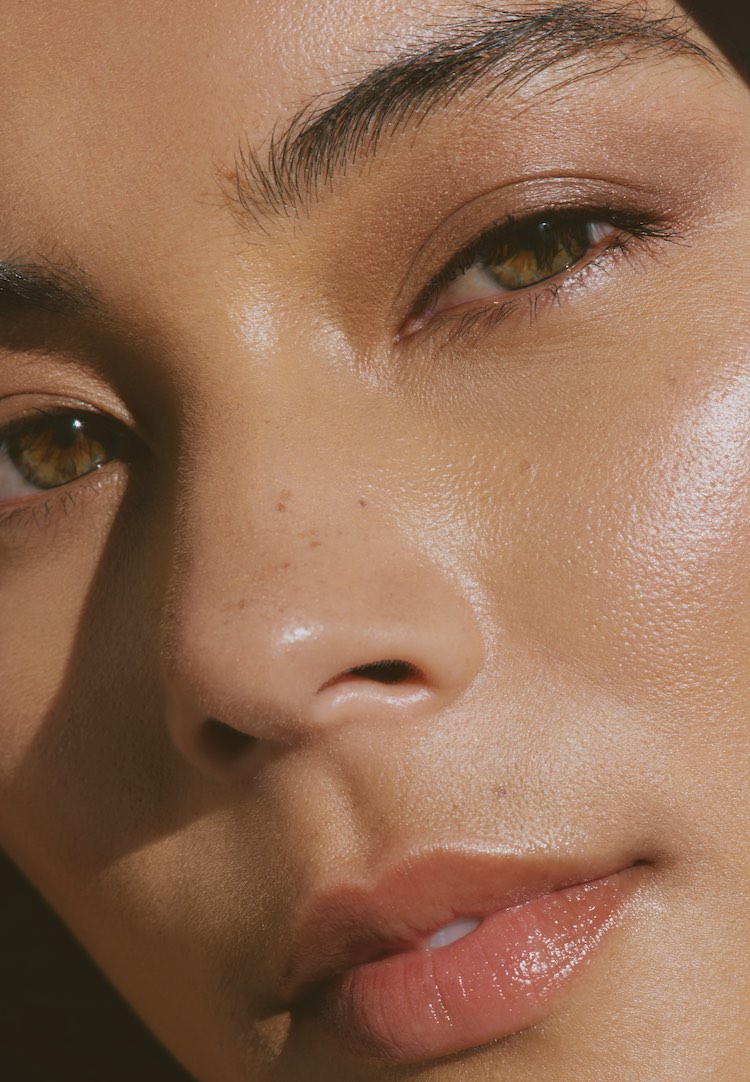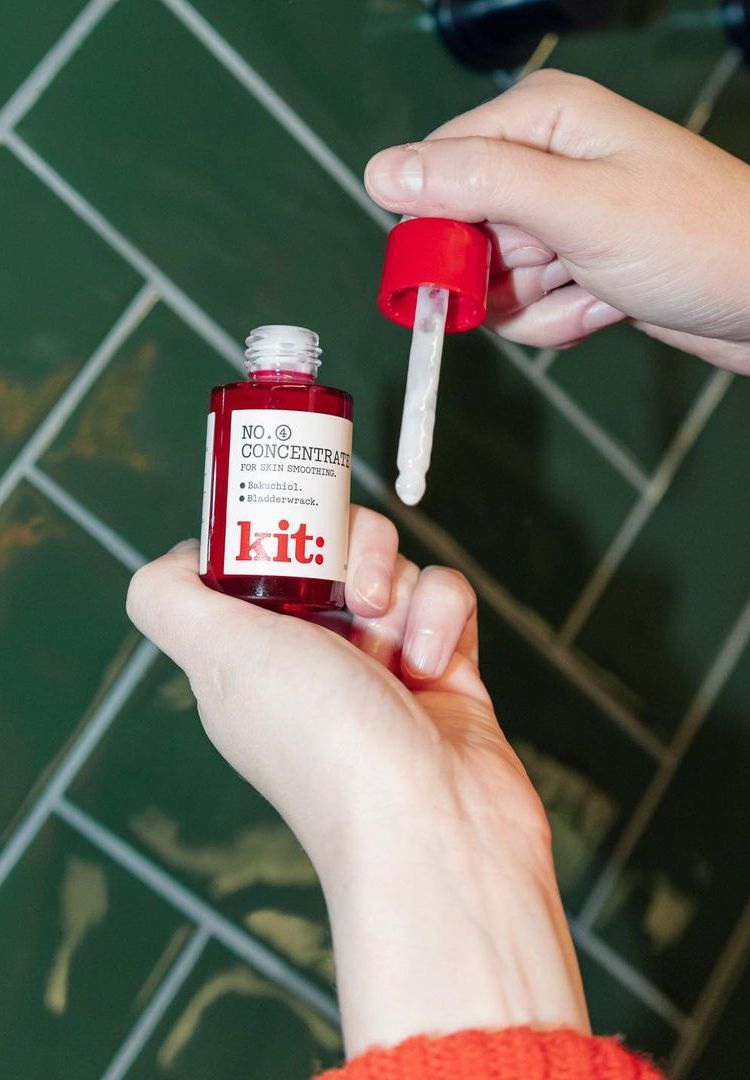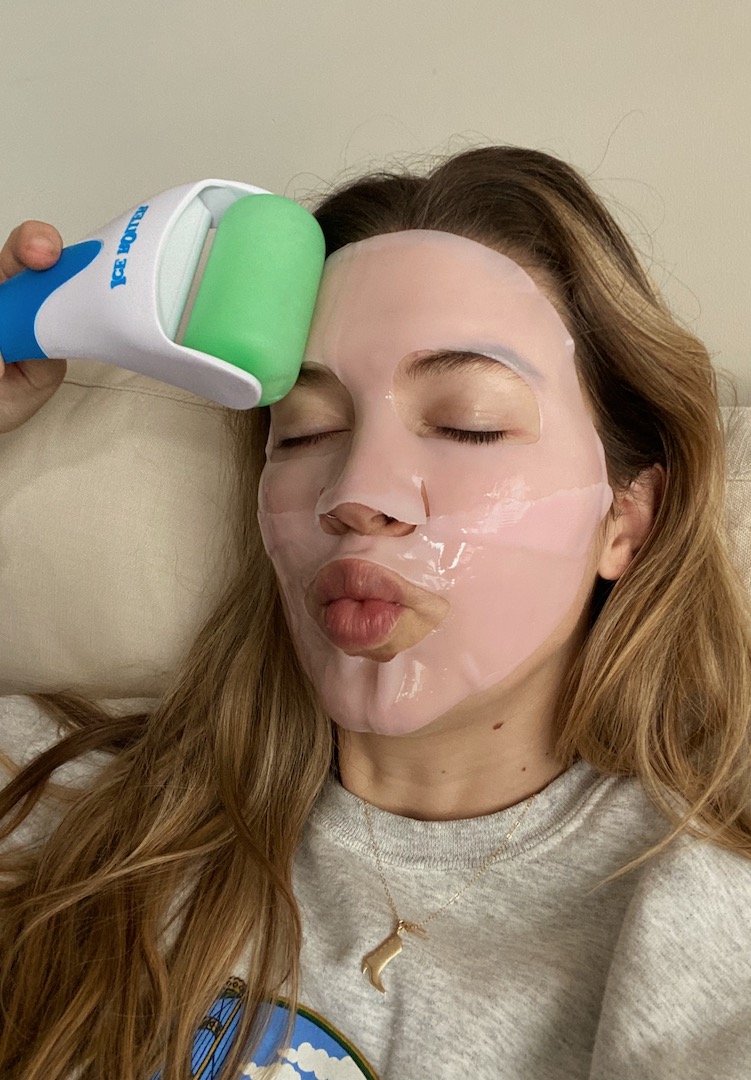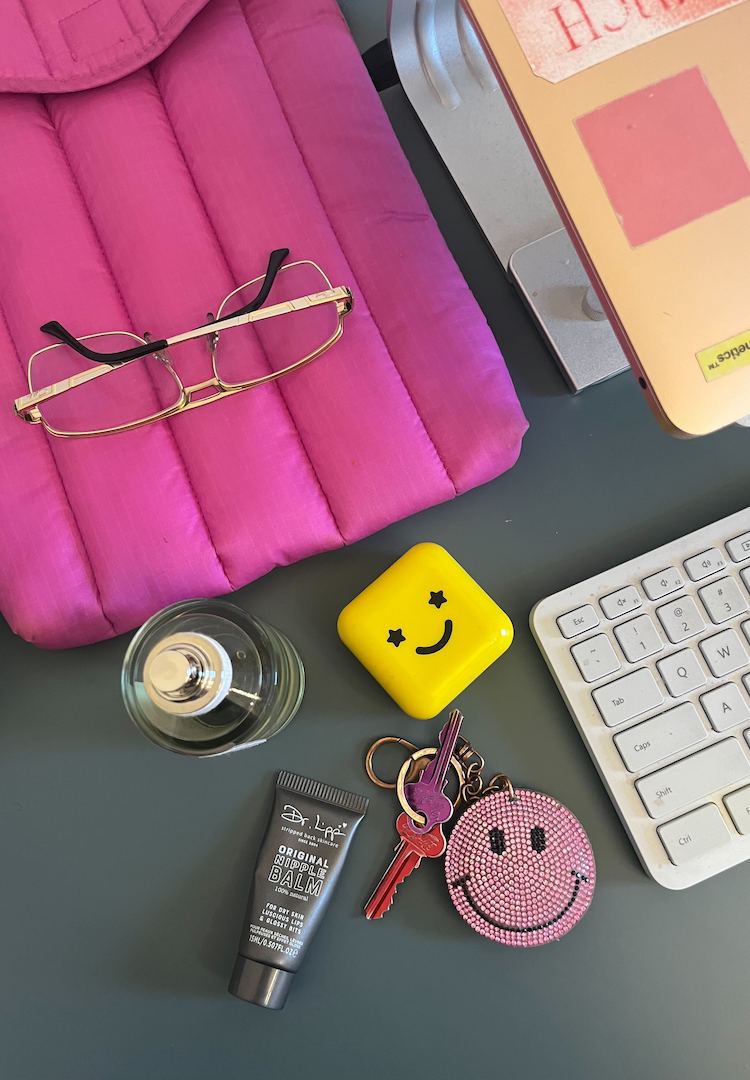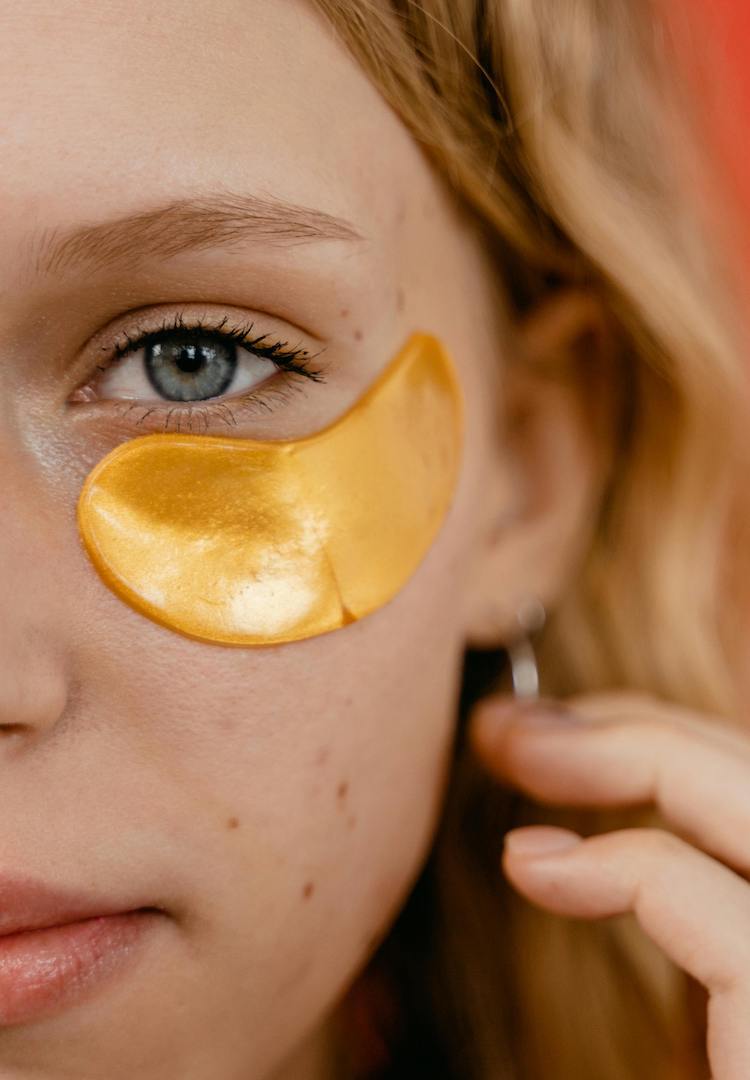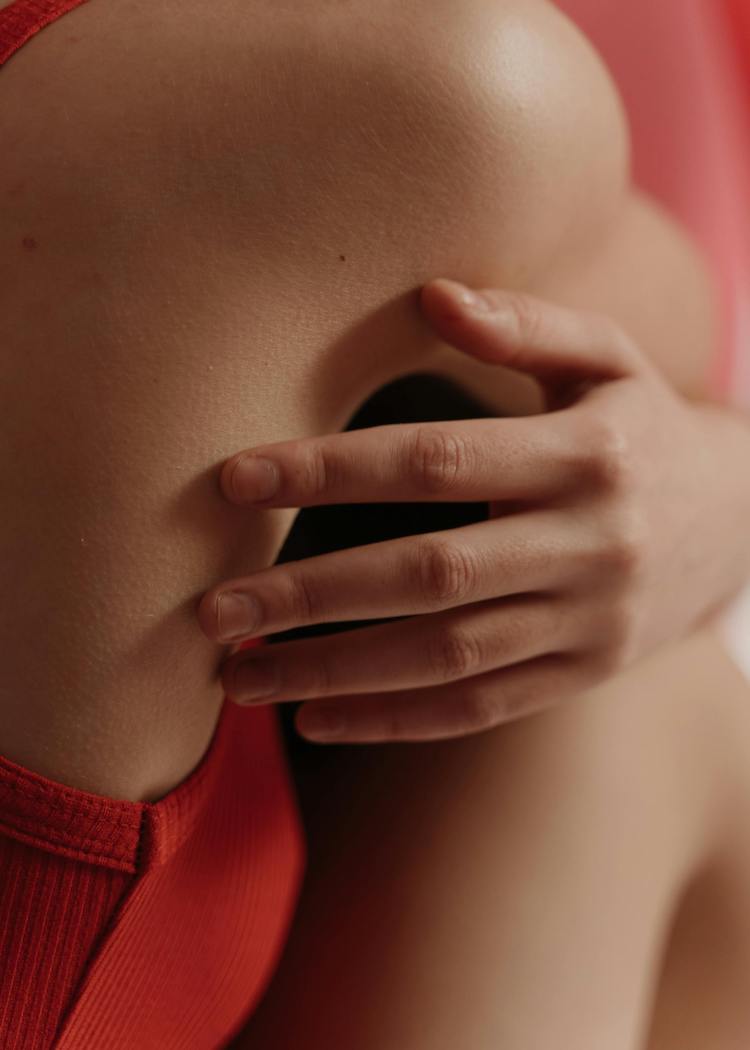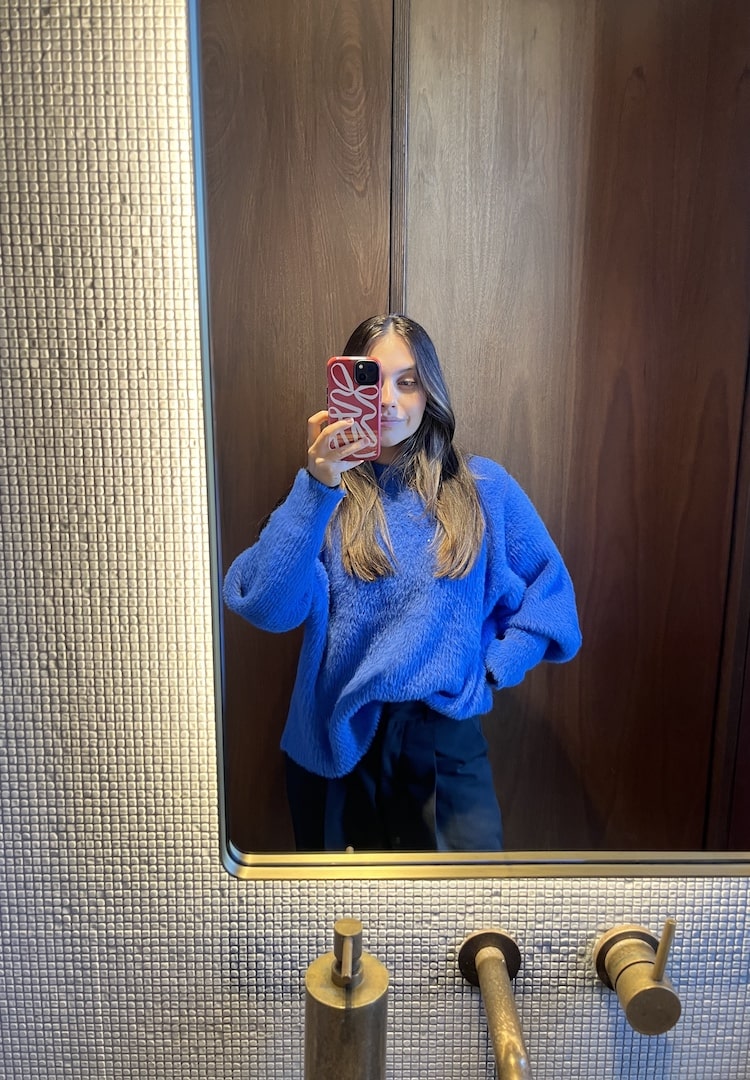What is retinal and is it better than retinol?
IMAGE VIA RAAIE
WORDS BY CAIT EMMA BURKE
“Retinal is basically retinol’s more potent, but less irritating cousin.”
When I first heard about retinal, an ingredient purported to be around 11 times stronger than retinol, I balked at the idea of applying it to my skin. A long-time retinol user, I was all too familiar with the red, irritated reaction retinol products can provoke. So if retinal was 20 times stronger, surely a sensitive skin girlie like myself should be steering well clear of it?
It wasn’t until I trialled New Zealand skincare brand Raaie’s retinal product (I reviewed the brand’s range here) that I started learning more about the differences between the two ingredients (their annoyingly similar names make it all quite confusing). Retinol – that’s the one you’re probably already familiar with – has been touted as a holy grail skincare ingredient for years, famed for its apparent anti-ageing powers and ability to increase collagen production.
We like nosy people. Don’t be shy, head to our Beauty section for more.
Retinal, like retinol, is a vitamin A product, and recent research has shifted in favour of the former rather than the latter. To find out more about this evidence-based ingredient and its effects, I spoke to Katey Mandy, the founder of Raaie, and Dr Ginni Mansberg, the co-founder of evidence-based skincare brand E.S.K.
So what is retinal?
Before we unpack what retinal is, it’s important to note that no matter what form of vitamin A you opt for, your skin will only derive benefits from its active form, which is retinoic acid. Dr Ginni tells me that when it comes to anti-aging skincare, retinoic acid (which is prescription vitamin A, like Tretinoin) is the most studied, with the strongest evidence.
Pure retinoic acid directly binds to retinoic acid receptors in the skin to start repairing it. The issue with an active ingredient like this is that the side effects can be offputting – think burning, stinging and redness.
It was thanks to these side effects that doctors looked at the precursors to retinoic acid to see if they could achieve similar results minus the unwanted side effects. Two of the ingredients they landed on were retinal and retinol.
“Retinal is the direct precursor to retinoic acid, whereas retinol is one step further removed. It must first convert to retinal, and then from retinal into retinoic acid. The first step in this conversion process (retinol to retinal) uses enzymes but the availability of these enzymes in the skin is highly individual and can limit the efficacy of the products,” explains Dr Ginni.
“While retinol has some evidence, it is actually 20 times less potent than retinoic acid and the evidence for retinal is much better in anti-ageing. It was French scientists who proved in a ‘head to head’ study that retinal and retinoic acid are equally effective when it comes to reversing skin ageing, but that retinal is much better tolerated on the skin,” she continues.
If science-speak isn’t your thing, Katey succinctly summarises the differences between the two products when she tells me that “Retinal is basically retinol’s more potent, but less irritating cousin”.
Why is retinol more commonplace in skincare than retinal?
So if retinal is so much more effective, why has retinol been the star of the show for so long? “[Retinal is] by far a superior ingredient, and has been around for decades, but it was notoriously unstable. It is incredibly sensitive to things like light, oxidation and the environment it is surrounded by. However, in recent years, scientists have worked out how to stabilise the ingredient by encapsulating it, thereby protecting its potent power until it meets your skin,” Katey explains.
When creating a range of products for her skincare brand E.S.K, it took Dr Ginni four months of constant searching to find a reliable and high-quality supplier of retinal. “We can only speculate, but it’s likely down to cost, availability, logistical difficulties and difficulties in formulating. At about $30,000 per kilo retinal costs more than 10 times as much as retinol – it’s a very expensive ingredient! It’s also not the easiest ingredient to find (especially from a reputable manufacturer),” she shares.
What are the results like?
I can only speak to my experience, but my skin has truly changed for the better since I started using retinal. “We get emails every day about the results our customers are getting from our retinal product, the Yellow Moonbeam Retinal Elixir,” Katey tells me.
She shares a customer’s feedback with me, and it’s very much aligned with the changes I’ve seen in my own skin since using Raaie’s product: “I am blown away by the results. My skin is visibly tighter, even tone, pores less visible, sun spots faded and overall more bright… I am very surprised that this serum has started to reverse a lot of this damage. I did not expect results like this, let alone in such little time.”
Katey emphasises that “The reason it can be stronger and less irritating is because the metabolism of retinal to retinoic acid occurs only by skin cells as they are differentiating. This creates a more steady and controlled delivery of retinoic acid to the skin cells and results in less of the irritating effects compared to retinoic acid and other retinoids like retinol”.
So not only is retinal as effective as retinoic acid, but for many it’s a more well-tolerated form of vitamin A than retinol. You can expect smaller-looking pores, a firmer, plumper complexion, a reduction in acne, a more even skin tone and texture and fine lines and wrinkles to be smoothed out. All this, without the drying, burning side effects of retinol. If that alone hasn’t sold you, I’m not sure what will.
For more on retinal, try this.

